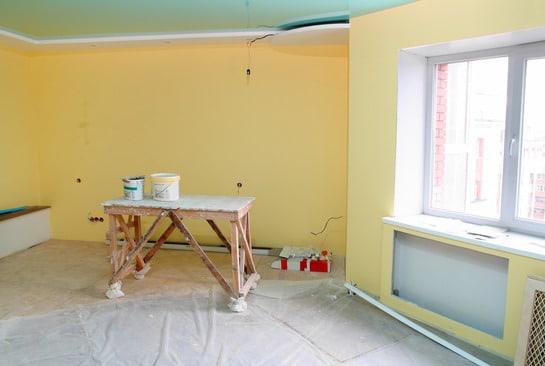Is Paint Priming Necessary?
When you are preparing to paint a wall in your home, you want to make sure you do everything right. Otherwise, the finished result could be less than attractive. The process can be time consuming. You may as yourself, is paint priming necessary?

At the same time, you want to get the job done in a timely manner, which means you may try to skip a very important step – priming. While priming your walls for painting is not always necessary, there are many times when it is necessary. Skipping the primer when it is needed can lead to additional painting expenses down the road.
Drywall
If you are planning to paint right on new drywall, think again. You need to prime the walls with a drywall primer to ensure nice, even coats. Drywall will quickly soak up the paint if it is left unprimed.
Stained Walls
If you are planning to paint over some unsightly stains on a wall, you need to prime the wall with a stain-blocking primer. Otherwise, the stain will simply bleed through the paint, and you will be left looking at the exact stain you tried to cover.
Bare Wood
are wooden walls need a quality primer that will ensure that the paint adheres to the wood. The best types of primer for bare wood need plenty of hours of drying time. However, there are various types of new primers available designed to reduce drying time without sacrificing quality.
Masonry
If you are painting any type of masonry surface, you want to invest in a quality masonry primer. This will prevent efflorescence, and it will help you avoid any pH-associated adhesion problems.
High-Gloss
If the wall you are painting has a high-gloss finish, you want a bonding primer to help the paint stick to the slick surface, such as ceramic tiles, plastic, and vinyl.
Contact The Pros
If you’re considering an interior paint job, contact the pros. We’re able to take on any project, no matter the size, and ensure results on time and on budget. Reach out today for a consultation.
